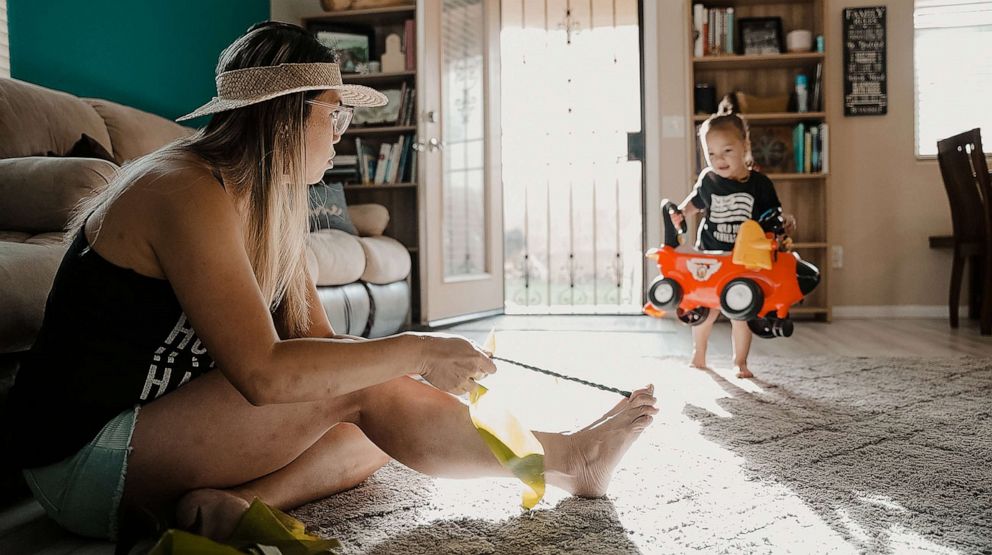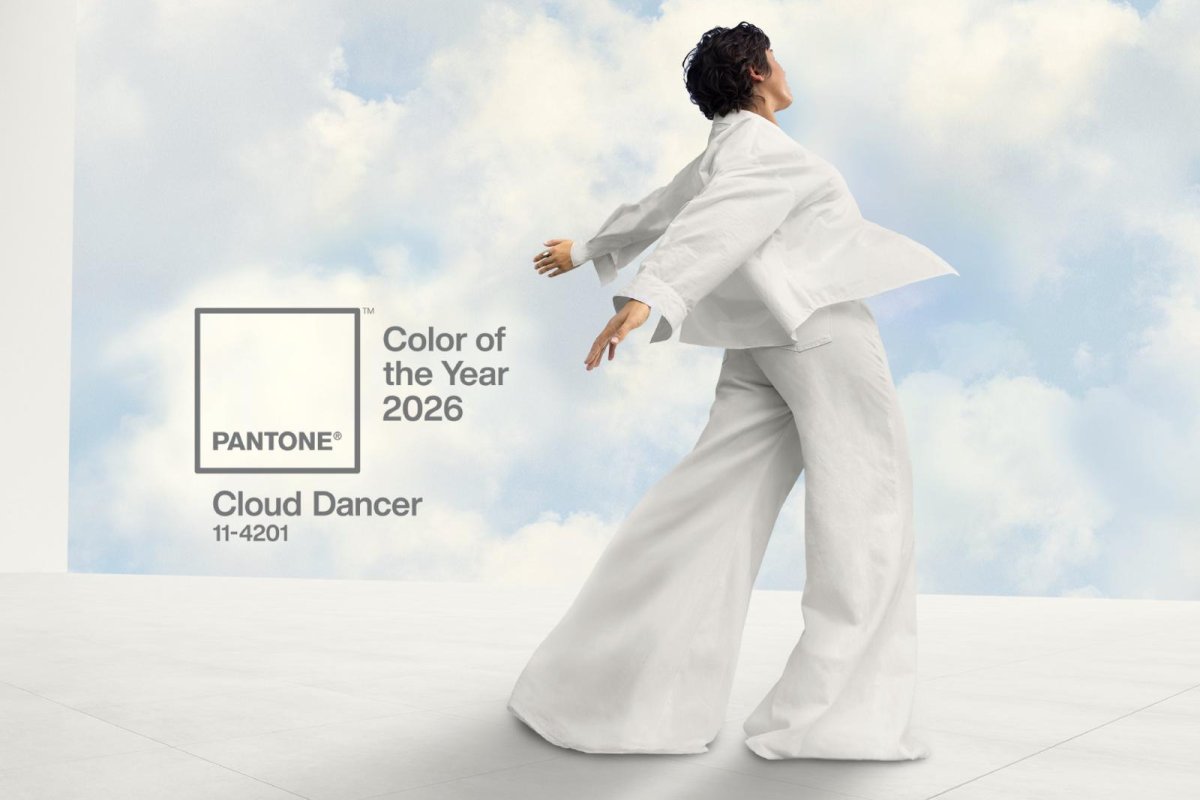On a quiet May morning, Cece Cullen practices hula with her husband and kids in their Las Vegas neighborhood. In one of the few patches of sod in a suburban neighborhood just outside the city, her bare feet glide across the blades of grass in tandem with about two dozen other people.
Cullen and her fellow dancers are part of a growing migration of Hawaiians who are leaving the islands for the mainland.
The migration reached a tipping point in 2021, and now more Native Hawaiians live in the continental United States than on the islands. According to the American Community Survey, around 310,000 Native Hawaiians live on the Hawaiian Islands compared to 370,000 living in the continental United States. Las Vegas had the second largest metro population of Native Hawaiian and other Pacific Islanders at over 40,000 people, second only to Honolulu, according to U.S. Census data.
“We miss people that have left their families and that’s been a challenge for every ethnicity,” Hawaii Gov. Josh Green told ABC News. “But of course, the Hawaiian people, we have a special feeling for because they’re our host culture.”
The reasons behind the migration vary from family to family, but economic prospects in Hawaii are heavily at play. A study by Kamehameha Schools cited the high cost of living coupled with a lack of job opportunities and career growth in Hawaii. Hawaii’s cost of housing is 214% higher than the national average and the overall cost of living is 84% higher than the national average, according to Payscale.
Cullen left the Hawaiian islands for the first time more than a decade ago to attend college in California and later Nevada. “I felt empowered to gain as much knowledge as I could, like our royalty,” Cullen told ABC News. “Getting knowledge and gaining perspective and coming home, being more appreciative on how we can further progress as a Hawaiian nation.”
But plans changed for Cullen. She had two children — a son, and later a daughter — and raising them at home in Hawaii so they would be fully immersed in the culture became a priority.
As the family became more connected with Hawaii, a painful reality began to set in for Cullen: There were economic opportunities that only existed on the mainland. “When we decided to move back, it definitely was not a unanimous decision,” she said.
But for the Cullens, it was a tradeoff they had to make. Moving to Las Vegas was the only way to buy a home. She and her husband are the first people in either of their families to own a home. “We struggle with the fact that we never could do that in Hawaii,” Cullen told ABC News. “We knew that we wanted to be that break and give the future generations the opportunity to really show that it’s possible.”
For some families, the sacrifice of Hawaii is too great, however.
Mollie Bruhn, who grew up in Kaneohe, the same town as her friend CeCe Cullen, was chasing the same hopes and moved back to Hawaii in 2020 with her husband, Keola, and their three children.
In Las Vegas, the Bruhns had the home of their dreams: five bedrooms, a yard and a pool. But life on the mainland was taxing for the family. When Mollie became pregnant with her second daughter, she and Keola were forced to make a decision. “When you’re home [in Hawaii] and just watching the kids, they’re just so happy you can see it,” Mollie Bruhn told ABC News.
But the lifestyle the Bruhns had in Las Vegas is not attainable in Hawaii. The family of five lives in a two-bedroom apartment, just down the stairs from the apartment where Keola grew up. “Some of us sleep in the living room,” Mollie said.
Families like the Bruhns have some hope, however. Keola Bruhn qualifies for Hawaiian Homesteads, a program that sets aside 200,000 acres of land for Native Hawaiians. But the history surrounding Hawaiian Homesteads is fraught. The program, which was signed into law by the federal government in 1921, has a 30,000-person waitlist on some islands. Many people die while on the waitlist, including Keola Bruhn’s father.
There is also a controversial blood quantum requirement that states Native Hawaiians must prove that they are at least 50% Hawaiian. As Hawaiians have intermarried, finding 50% Hawaiians has become more and more rare. “It’s a dying race, which it’s crazy to think about,” Keola Bruhn said. “We’re so diverse as an ethnicity, which is not a bad thing, you know. It’s Hawaii.”
“Having Native Hawaiian kids is something special,” Mollie Bruhn, who is not Native Hawaiian and came to the island from the Philippines, told ABC News. “You really have a sense of who you are, who you came from, especially on the islands, because at one point that’s all that there was.” The Bruhns took over Keola’s father’s spot on the waitlist.
Cece Cullen is determined to preserve that same sense of connectedness to the Hawaiian culture for families on the mainland. She teaches Hawaiian to local kids in Las Vegas, in addition to practicing hula with her family. After moving to Las Vegas she had two more children, a boy and a girl, who will grow up entirely on the mainland.
Gradually, the family has made Las Vegas home.
“I am happy here. It’s taken me a long time to see that. I honestly thought I would never say that,” Cullen told ABC News. “I’ve created something really special for our family.”




